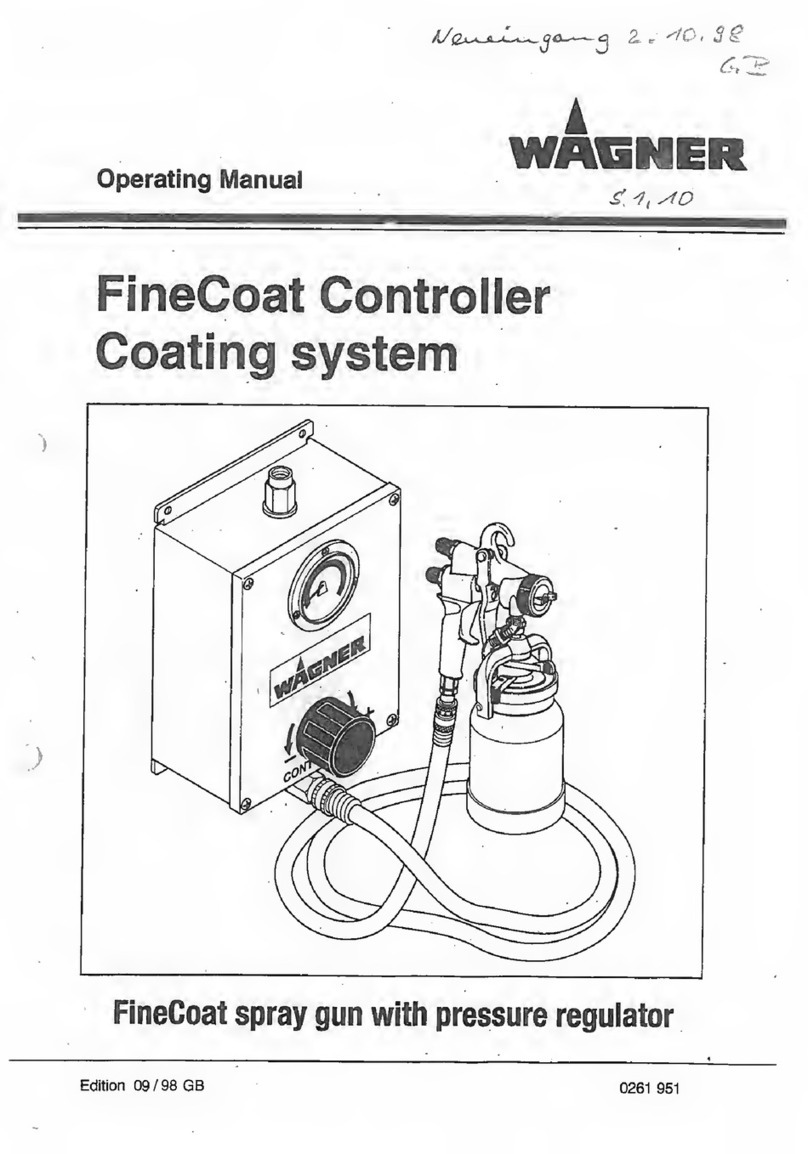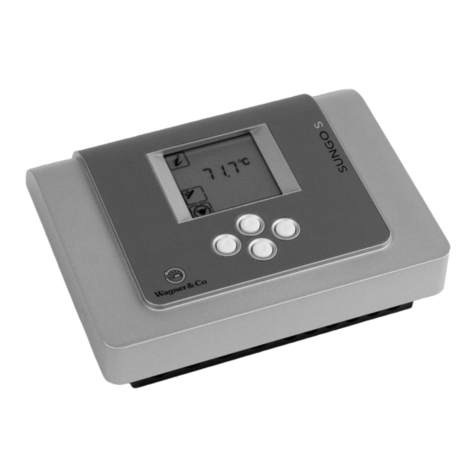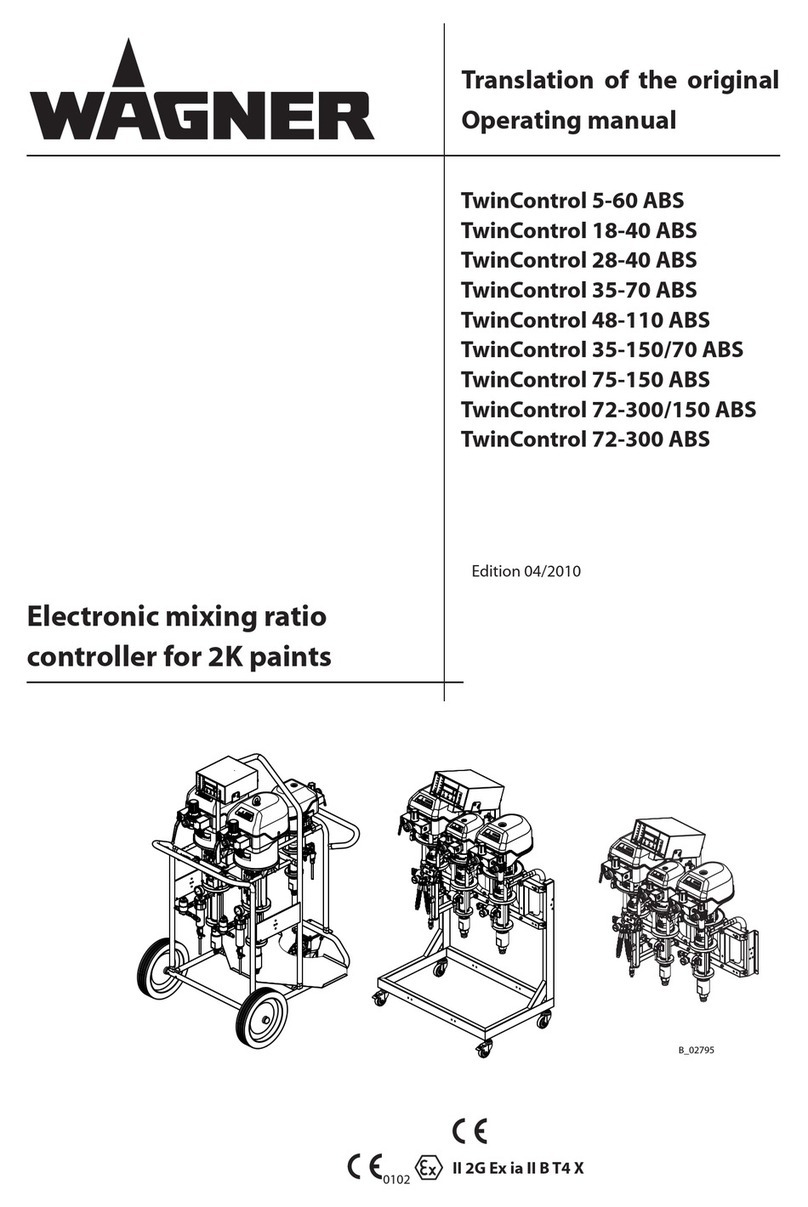
5
T090, T092.
OPERATING MANUAL
EDITION 01 /2014 PART NO. ZZB022ENG
4HISOPERATINGMANUALISAVAILABLEINTHEFOLLOWINGLANGUAGES
,ANGUAGE 0ART.O ,ANGUAGE 0ART.O
'ERMAN %NGLISH
&RENCH $UTCH
)TALIAN 3PANISH
$ANISH 3WEDISH
0ORTUGUESE 4URKISH
1.2 WARNINGS, NOTES AND SYMBOLS IN THESE INSTRUCTIONS
1 ABOUT THESE INSTRUCTIONS
1.1 LANGUAGES
4HISOPERATINGMANUALCONTAINSINFORMATIONABOUTTHEOPERATIONREPAIRANDMAINTENANCE
OFTHEUNIT
!LWAYSFOLLOWTHESEINSTRUCTIONSWHENOPERATINGTHEUNIT
7ARNINGINSTRUCTIONSINTHISMANUALPOINTOUTPARTICULARDANGERSTOUSERSANDEQUIPMENT
ANDSTATEMEASURESFORAVOIDINGTHEHAZARD4HESEWARNINGINSTRUCTIONSFALLINTOTHEFOLLO
WINGCATEGORIES
$ANGERIMMINENTDANGER.ONOBSERVANCEWILLRESULT
INDEATHSERIOUSINJURYANDSERIOUSMATERIALDAMAGE
7ARNINGPOSSIBLEDANGER.ONOBSERVANCECANRESULT
INDEATHSERIOUSINJURYANDSERIOUSMATERIALDAMAGE
#AUTION A POSSIBLY HAZARDOUS SITUATION .ONOBSER
VANCECANRESULTINMINORINJURY
.OTEPROVIDEINFORMATIONONPARTICULARCHARACTERISTICSANDHOWTOPROCEED
#AUTION A POSSIBLY HAZARDOUS SITUATION .ONOBSER
VANCECANCAUSEMATERIALDAMAGE
3)()??'"
$!.'%2
4HISLINEWARNSOFTHEHAZARD
0OSSIBLE CONSEQUENCES OF FAILING TO OBSERVE THE WARNING INSTRUC
TIONS4HESIGNALWORDPOINTSOUTTHEHAZARDLEVEL
4HEMEASURESFORPREVENTINGTHEHAZARDANDITSCONSEQUENCES
3)()??'"
7!2.).'
4HISLINEWARNSOFTHEHAZARD
0OSSIBLE CONSEQUENCES OF FAILING TO OBSERVE THE WARNING INSTRUC
TIONS4HESIGNALWORDPOINTSOUTTHEHAZARDLEVEL
4HEMEASURESFORPREVENTINGTHEHAZARDANDITSCONSEQUENCES
3)()??'"
#!54)/.
4HISLINEWARNSOFTHEHAZARD
0OSSIBLE CONSEQUENCES OF FAILING TO OBSERVE THE WARNING INSTRUC
TIONS4HESIGNALWORDPOINTSOUTTHEHAZARDLEVEL
4HEMEASURESFORPREVENTINGTHEHAZARDANDITSCONSEQUENCES
3)()??'" #!54)/.
4HISLINEWARNSOFTHEHAZARD
0OSSIBLECONSEQUENCESOFFAILINGTOOBSERVETHEWARNINGINSTRUCTIONS4HESIGNALWORD
POINTSOUTTHEHAZARDLEVEL
4HEMEASURESFORPREVENTINGTHEHAZARDANDITSCONSEQUENCES
ZZB022GER ZZB022ENG
ZZB022FRE --
ZZB022ITA ZZB022SPA
-- --
-- --
































